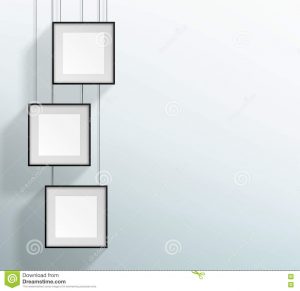/*
Min Ji Kim Kim
Section A
mkimkim@andrew.cmu.edu
Project-06
*/
function setup() {
createCanvas(350, 480);
}
function draw() {
var h = hour();
var m = minute();
var s = second();
background(0); //map time to fit the boxes
mS = map(s, 0, 59, 0, 110);
mM = map(m, 0, 59, 0, 110);
mH = map(h, 0, 23, 0, 110);
//purple rectangle
noStroke();
fill('#804FB3');
rect(150, 140, 20, 40);
//yellow rectangle
fill('#edd011');
rect(190, 300, 20, 40);
//blue hour
strokeWeight(10);
stroke('#e3edff');
fill('#0058ff');
rect(60, 20, 120, 120);
//red minute
stroke('#ffdbdb');
fill('#ff3333');
rect(140, 180, 120, 120);
//green second
stroke('#d7ffcf');
fill('#2bcf2b');
rect(105, 340, 120, 120);
//changing the box color inside to match time
noStroke();
fill('#82adff');
rect(65, 25, 110, 110 - mH); //hour
fill('#ff9696'); //minute
rect(145, 185, 110, 110 - mM);
fill('#a2fc90'); //second
rect(110, 345, 110, 110 - mS);
//display time on top
noStroke();
fill(255);
text(nf(h, 2, 0) + ":" + nf(m, 2, 0) + ":" + nf(s, 2, 0), 270, 30);
textSize(18);
}At first I didn’t really know how to approach this project, so I started looking at what kind of shapes I wanted to use for my clock. I ultimately found inspiration from a picture of hanging frames online. I started by sketching the shapes using magic numbers and then I tried to figure out how to use the hour, minute, and second functions to manipulate the time. I used the map function to manipulate the time increments to fit the box height. I decided to use primary colors for the boxes and secondary colors for the small rectangles connecting the boxes. Time is indicated by the increasing darker hues in the lighter hue background. Overall, I had a lot of fun creating this abstract clock.

![[OLD FALL 2019] 15-104 • Introduction to Computing for Creative Practice](wp-content/uploads/2020/08/stop-banner.png)